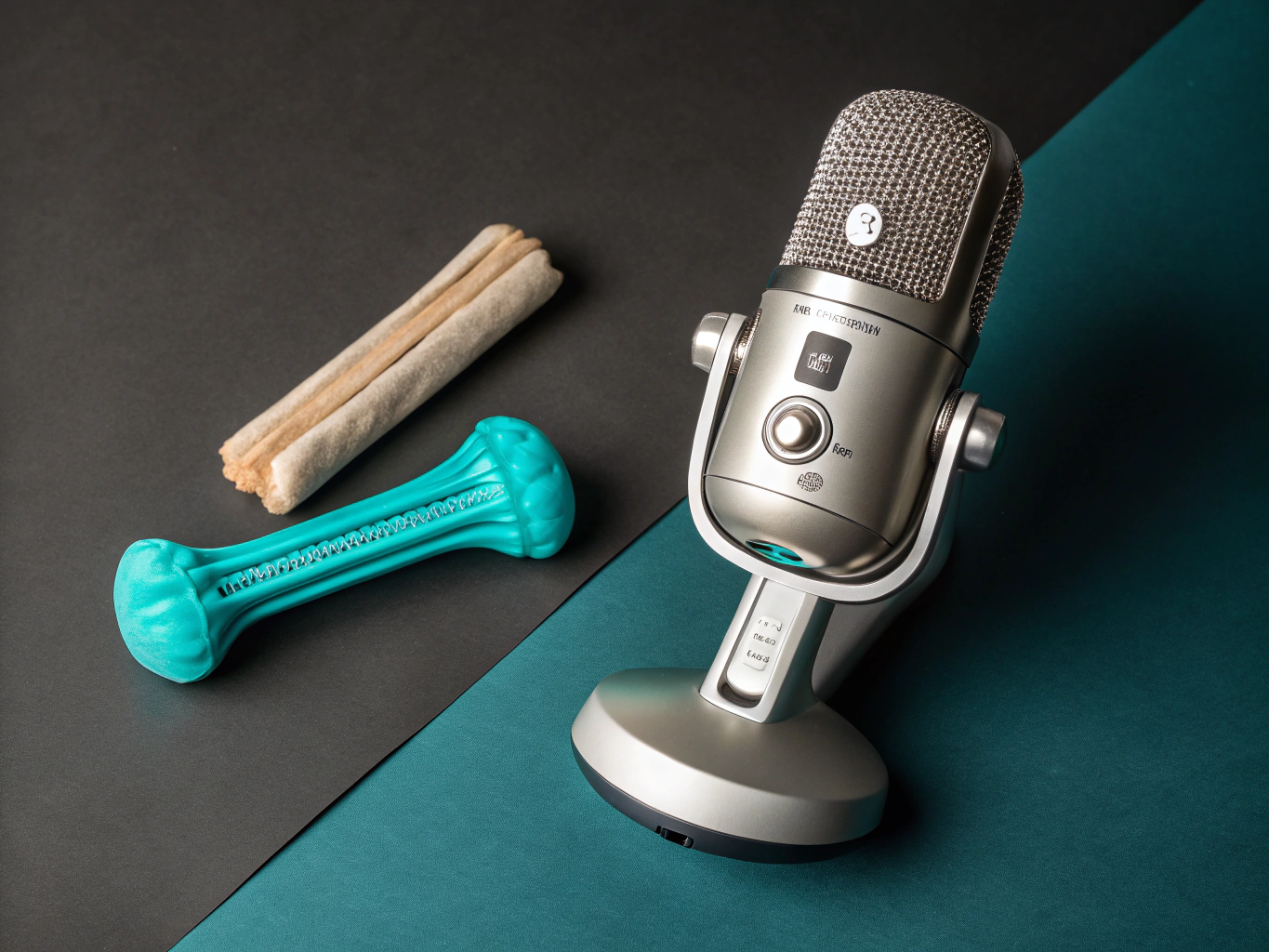Are Bully Sticks Safe for Dogs? Breaking Down the Truth
If you’re a pet owner, chances are you’ve wrestled with the question: are bully sticks safe for dogs? It’s a common concern—especially as more brands flood the market with treats promising to keep your best friend happy and healthy. But behind the shiny packaging and enthusiastic marketing, what’s really going on? Here’s a closer look at the safety of bully sticks, and how you can make smarter, more informed choices.
Why Do People Love Bully Sticks?
Bully sticks have become a staple in many dog households—and for good reason. They’re natural, derived from beef pizzle, and offer a satisfying chew that can keep a dog occupied for quite a while. Unlike synthetic chews, bully sticks are biodegradable and often seen as a healthier alternative. They’re high in protein, low in fat, and generally free from artificial ingredients. It’s like giving your dog a steak—without the mess of handling raw meat or the guilt of overly processed treats.
The Concerns: Are They Really Safe?
Choking and Digestive Risks
Despite their popularity, some pet owners worry about choking hazards or digestive issues. When dogs chew on bully sticks, they might occasionally break off larger pieces. If swallowed whole or in big chunks, these can pose a risk of choking or gastrointestinal blockage—serious stuff that warrants attention.
Dental Wear and Tear
Another point of contention revolves around dental health. While chewing on bully sticks can help clean teeth, aggressive chewers might wear down their enamel or cause tooth fractures if they bite too hard or chew excessively. It’s a delicate balance—chew too little, and you miss out on cleaning benefits; chew too aggressively, and you risk damage.
Contamination and Quality Control
Not all bully sticks are created equal. Some may carry bacteria or contaminants if sourced from less reputable suppliers. That’s why quality assurance and sourcing transparency are crucial. A poorly processed bully stick can introduce unwanted pathogens or chemicals—defeating the purpose of choosing a natural treat.
How to Make Bully Sticks Safer for Your Dog
Supervised Chewing
The golden rule? Always supervise your dog while they’re enjoying a bully stick. Keep an eye on how much they’re chewing and remove the treat if it gets too small or if your dog starts swallowing large chunks. Think of it as being the referee in your dog’s personal chew-off.
Size Matters
Select a bully stick that’s appropriate for your dog’s size and chewing strength. Small dogs need smaller sticks, while aggressive chewers or larger breeds require thicker, more durable options. The right size minimizes choking risks and prolongs the enjoyment.
Choose Reputable Brands
Quality source matters. Look for brands that provide transparency about sourcing and processing. Certifications, reviews, and third-party testing are good indicators that you’re getting a safer product. It’s worth investing in quality—your dog’s health depends on it.
Limit Chewing Time
To prevent dental damage and overconsumption, limit chew sessions to about 10-15 minutes. This encourages your dog to enjoy the treat without overdoing it and helps you keep control of the situation.
Final Thoughts: Safety in a Balanced Approach
In the end, bully sticks aren’t inherently unsafe—they’re a natural, satisfying treat that many dogs love. But like any chew, they require mindful giving, proper supervision, and choosing quality products. Think of it as modern pet parenting—balancing health, happiness, and safety, all while avoiding the pitfalls of impulse buying or complacency.
So, next time you’re pondering whether to give your dog a bully stick, remember: it’s not about avoiding treats altogether, but about making smarter choices. With a little knowledge and a watchful eye, you can keep your dog happy, healthy, and safe—all without losing sleep over the occasional chew.
For more insights and detailed guides, check out the full article at Devil Dog Pet Co.
Checkout ProductScope AI’s Studio (and get 200 free studio credits)

